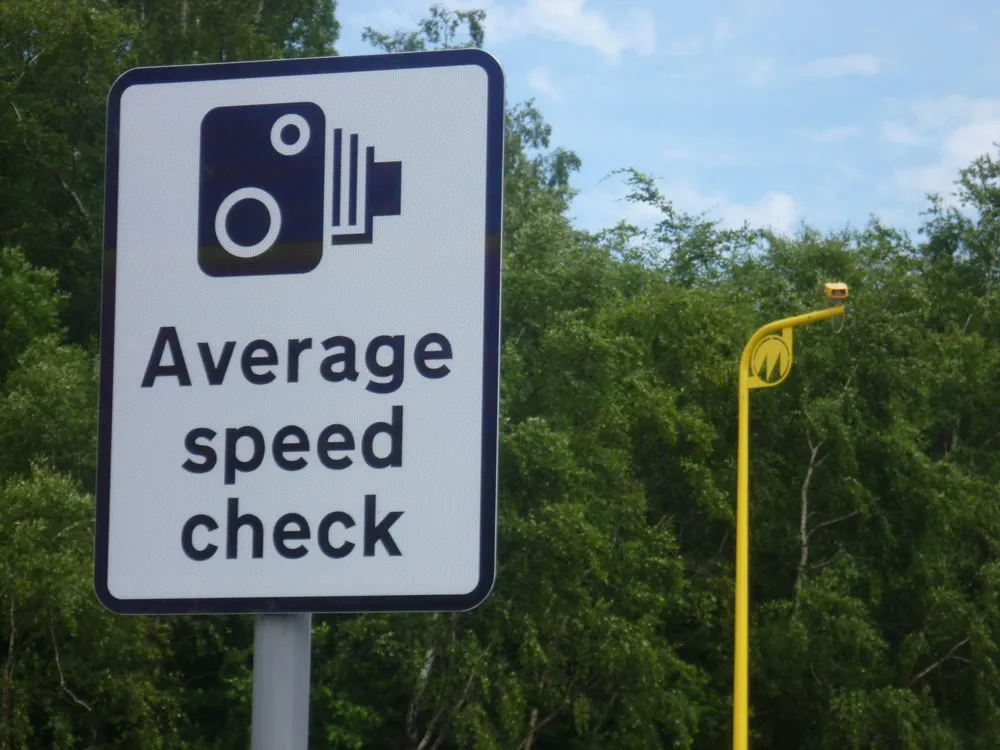The European Commission has published new statistics showing that EU road fatalities decreased by 11 per cent in 2010. However, country by country statistics show that the number of deaths still varies greatly across the EU. Most countries achieved double-digit reductions in the number of road deaths over the past year, including Luxembourg (33%), Malta (29%) Sweden (26%) and Slovakia (26%).
April 20, 2012
Read time: 2 mins
RSSThe 1690 European Commission has published new statistics showing that EU road fatalities decreased by 11 per cent in 2010. However, country by country statistics show that the number of deaths still varies greatly across the EU. Most countries achieved double-digit reductions in the number of road deaths over the past year, including Luxembourg (33%), Malta (29%) Sweden (26%) and Slovakia (26%).
European Commission Vice-President Siim Kallas, responsible for transport, said: "It is very encouraging that nearly all member states have managed to significantly reduce their number of road deaths, but there is no room for complacency. A hundred people still die on Europe's roads every day. We have made good progress since 2001 and we have succeeded in saving nearly 100,000 lives. But the number of fatalities and injuries on our roads is still unacceptable. We want to cut the number deaths by half by 2020. For this we will be looking at what kind of cars people drive, where they drive and how they drive."
Data from vehicle insurance companies has shown that certain makes and models have higher than average accident levels. Statistical analysis has identified an array of popular vehicles that are involved in insurance claims for accident damage. However no study has yet been carried out as to why certain vehicles are involved in accidents at above average numbers. It is not clear which combination of factors, such as vehicle design shortcomings or driver behavioural characteristics, hold sway. Vehicle manufacturers are also extremely reluctant to reveal which models suffer the highest risk of accidents.
European Commission Vice-President Siim Kallas, responsible for transport, said: "It is very encouraging that nearly all member states have managed to significantly reduce their number of road deaths, but there is no room for complacency. A hundred people still die on Europe's roads every day. We have made good progress since 2001 and we have succeeded in saving nearly 100,000 lives. But the number of fatalities and injuries on our roads is still unacceptable. We want to cut the number deaths by half by 2020. For this we will be looking at what kind of cars people drive, where they drive and how they drive."
Data from vehicle insurance companies has shown that certain makes and models have higher than average accident levels. Statistical analysis has identified an array of popular vehicles that are involved in insurance claims for accident damage. However no study has yet been carried out as to why certain vehicles are involved in accidents at above average numbers. It is not clear which combination of factors, such as vehicle design shortcomings or driver behavioural characteristics, hold sway. Vehicle manufacturers are also extremely reluctant to reveal which models suffer the highest risk of accidents.








